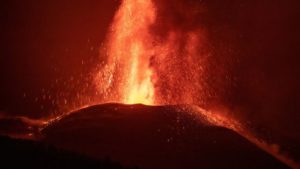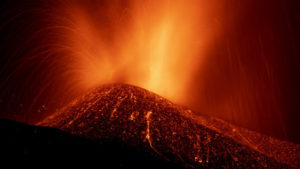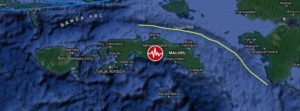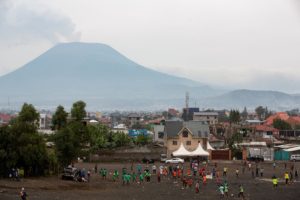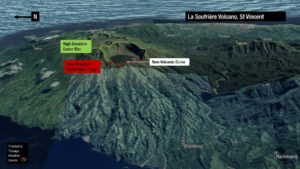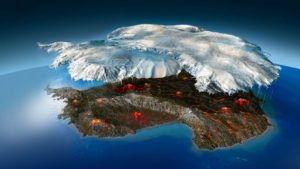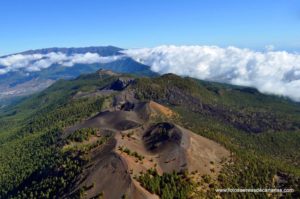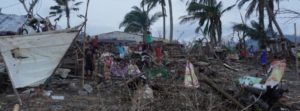
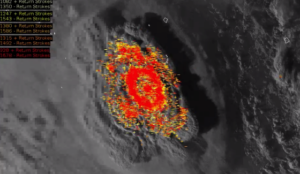
Michael Snyder – January 16, 2022
Why does our planet keep getting hit by “historic disaster” after “historic disaster”? Over the past couple of years, an extremely unusual series of hurricanes, tornadoes, droughts, floods, earthquakes and volcanic eruptions has rocked the globe. Authorities keep telling us that “everything is normal”, but the truth is that there is absolutely nothing about any of this that is “normal”. Major changes appear to be happening to our planet, and that has enormous implications for our future.
Unfortunately, the corporate media gives very little attention to the major disasters that take place outside of the United States, and so most Americans don’t even understand the seriousness of what we are facing.
Over the weekend, the Hunga Tonga-Hunga Ha’apai volcano in Tonga experienced a “once in a thousand years explosion”. This eruption sent a 3 mile wide mushroom cloud of red hot ash, steam and gas 12 miles into the air.
To put that in perspective, the entire island of Manhattan is only 2.3 miles wide.
This eruption was so massive that it actually created an entirely new island, and the sonic boom from the blast could be heard 6000 miles away in Alaska.
One of the most remarkable things about this disaster is the incredible amount of volcanic lightning that it produced.
It is being reported that there were approximately “200,000 lightning events” during the first hour of the eruption alone.

